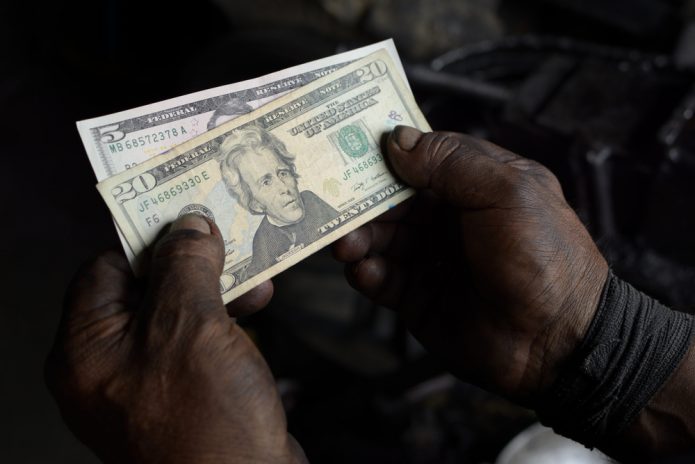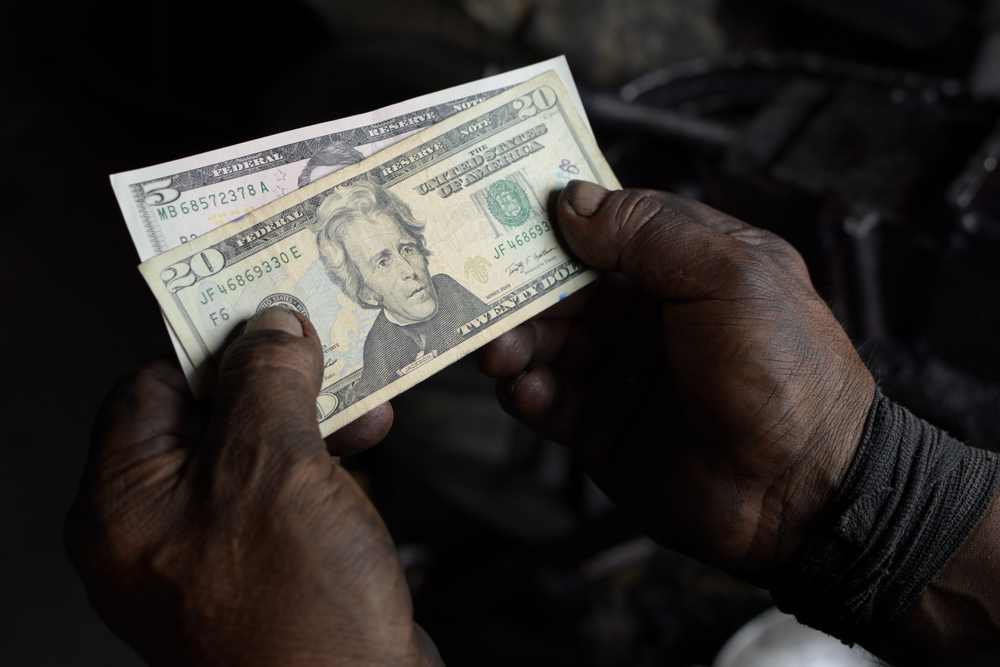
“I love serving people at weddings, proms, graduations, special events,” said Andre Butler, a hospitality worker from Philadelphia. Butler spoke at the release of a new report, Few Rewards, at the U.S. Capitol.
“Most of us work for less than $10 an hour. Remember every time you go to a restaurant or attend a wedding just how little these people earn.”
Few Rewards, co-authored by Oxfam America and the Economic Policy Institute, tells the struggles of low-wage workers and provides a precise analysis of who they are and where they live. Almost half of U.S. workers earn under $15 an hour, including 53 percent of African American workers and 60 percent of Hispanic and Latino workers.
One in three workers earns less than $12 an hour, according to the report. Women are the majority of low-wage workers. Over 55 percent of women workers earn under $12 an hour. Low-wage workers are most concentrated in rural states. The states with the highest percentage of low-wage workers by rank are Arkansas, Idaho, New Mexico, Mississippi, Montana, South Carolina, and Alabama.
The report is accompanied by an interactive website that illustrates state-by-state profiles, maps that show concentrations of low-wage populations, and information by race and gender.
Seven of the ten most common occupations in the U.S. have an average median wage below $15 an hour. These include retail salespersons, cashiers, food workers, office clerks, waiters and waitresses, laborers, and janitors and cleaners.
“We cannot end poverty without reducing inequality,” said Minor Sinclair, director of the U.S. Program at Oxfam US. “The rules are rigged against low-wage workers.”
Sinclair unveiled the agenda of the “Few Rewards” campaign. It includes raising the federal minimum wage, providing access to earned sick leave, protecting overtime pay for millions of workers, and expanding the Earned Income Tax Credit.
Congressman Bobby Scott (D-VA), lead sponsor of the Pay Workers A Living Wage Act of 2015 (H.R. 3164), addressed the report release. “The earnings of low wage workers declined 5 percent between 1979 and 2013,” Scott reported. “The highest wage earners saw their earnings go up 41 percent. Meanwhile, House Speaker Paul Ryan’s anti-poverty agenda doesn’t include any wage increase.”
